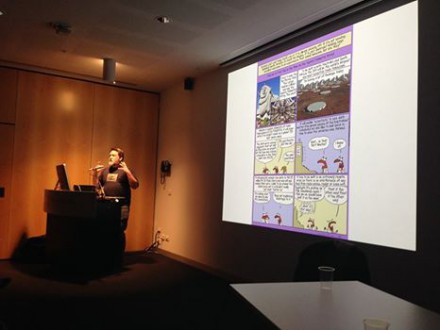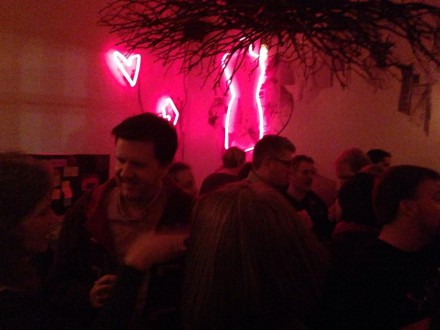Thank you to Claire Harris for the discussion summary.
The ASC public LinkedIn group took off in early August with a discussion about scientist bloggers sparked by Jacinta Legg.
She asked, “Does anyone have any favourite Australian scientist-bloggers they follow?”
Jacinta, who describes herself as a ‘science geek’ likes to know what is happening in the world of science and enjoys blogs as an alternative source of news to the usual ‘latest breakthrough’ stories of mainstream science media.
“I’ve been reading science blogs, some regularly and some less so, for years. I like the conversational tone and the personal element. Ben Goldacre (Bad Science), Ed Yong (Not Exactly Rocket Science) and Phil Plait (Bad Astronomy) are long time favourites,” said Jacinta.
“Some months ago, a work colleague asked me about science blogs, and it got me thinking: of the science blogs I read, I couldn’t recommend any Australian ones to him; because I didn’t know any.
“I went searching online, but I didn’t know where to look. And I’m a science communicator! So I decided to put it to the ASC community. They know things,” she said.
The discussion that ensued on LinkedIn attracted 24 comments with lots of people chiming in with their ideas.
“Of the blogs people suggested, I loved the variety of science (canine science!), great subjects (women in science) and great post titles (‘Too much sex is sometimes deadly’),” said Jacinta.
“I was particularly excited by ‘The League of Remarkable Women in Science’. Great title! Finding out about it coincided with the Australian women in science Wikibomb by the Australian Academy of Science. Go Aussie women in science!”
George Aranda, who suggested Science Book a Day also volunteered to put a list of the blog suggestions on the ASC website.
“I saw that people were asking about science blogs by Australian authors, which I am particularly interested in – as I teach higher ed science students how to write blogs, with the aim of improving their communication skills,” said George.
“An Australian list of blogs is something I couldn’t walk past. Thanks to the LinkedIn group, we now have a great starting list which I put together for the ASC website,” he said.
George has included a short form for website users to submit blogs to be added to the list, which George is planning to update monthly.
Thanks to everyone for sharing their suggestions! And thanks to George for starting the blog list; what a great value-add for science communicators!
Jacinta’s tips for people thinking of starting a blog:
- Be personal.
- Use conversational language.
- Write about things you find interesting.
- Write from ‘real life’.
- No jargon (or keep it to a minimum).
- Use images and photos.
- Don’t waffle on – keep it short.
- Have fun with it – the reader and the blogger should enjoy it.
Jacinta also said: Blogs I’m impressed with tend to be a little quirky and have a sense of humour. But the most impressive, is when a working scientist (not a professional communicator) takes the time to engage non-scientists with interesting thoughts/events/findings from their life as a scientist. I like to feel they’re having a conversation with the reader – demystifying the world of science and dispelling the myth of scientists being apart from the rest of the world.


